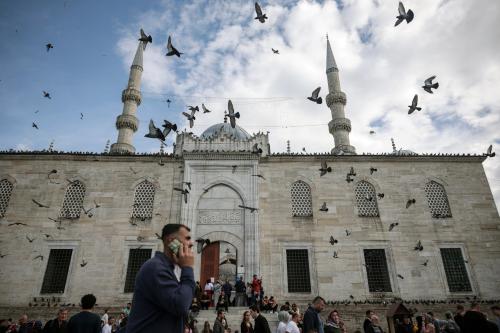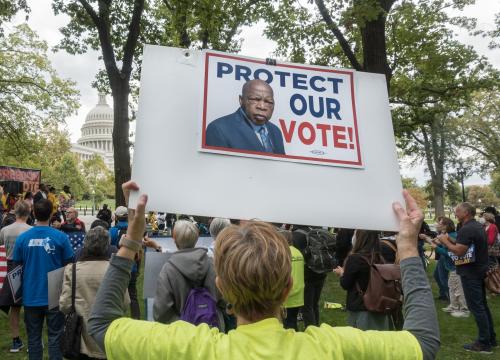“There is literally no safe place for civilians in Gaza,” said the spokesperson for the UN’s Office for the Coordination of Humanitarian Affairs in this morning’s daily briefing following increased conflict between Israel and Hamas in the Gaza Strip.
While there have been many news reports on the number of people who have been killed (over 500) and wounded (over 3,000) in the Israeli offensive, far larger numbers of people are being forced from their homes. In fact, displacement may turn out to be the defining characteristic of this terrible conflict. As the United Nations Relief and Works Agency for Palestine Refugees (UNRWA) spokesperson Chris Gunness said today, “This is a watershed moment for UNRWA, now that the number of people seeking refuge with us is more than double the figure we saw in the 2009 Gaza conflict. We are seeing a huge wave of accelerated displacement because of the Israeli ground offensive.”
Gaza is one of the most densely populated areas on Earth, with 1.8 million people squeezed into a territory only 25 miles long and 7 miles wide. In comparison with some of the world’s major cities, it is very, very small. The Israeli ground offensive has led to an exponential increase in the number of people fleeing their homes. As of yesterday afternoon, 100,000 displaced persons were living in 69 UNRWA schools while tens of thousands of others had taken refuge elsewhere in Gaza. This equals almost 6% of the entire Gazan population and the figures are only likely to increase in the coming days. UNRWA planning figures are now at least 150,000 and today the agency launched an emergency appeal for $115 million in support.
People are warned to evacuate by the Israeli forces, but there are not many places to go as Gaza’s borders are all but closed. Some have taken shelter with family or friends, some have even sought protection in a Greek Orthodox Church, but many have turned to U.N. facilities for protection.
Yet UNRWA’s facilities are close to capacity and, as numbers increase, conditions are likely to worsen. According to Doctors Without Borders, unhygienic conditions and overcrowding at UNRWA facilities “are extremely worrying.” UNRWA also may not be able to provide the protection which internally displaced persons (IDPs) are seeking. In fact, the agency reports that 64 of its buildings have been damaged in the offensive. The revelations that rockets have been found in two abandoned UNRWA schools could also well jeopardize the safety of IDPs seeking shelter nearby. In the second such case in a week, UNRWA today reported that its staff had discovered rockets which were hidden in a vacant school – a school located between two other UNRWA schools each currently housing 1,500 IDPs. When schools are used for military purposes, people’s lives are put at risk.
The humanitarian needs in Gaza are many. Children are traumatized, 1.2 million Gazans have no or limited access to water, homes have been destroyed, medical supplies are scarce, there are reports of damaged sewage systems and the list goes on. The international community is being asked to provide immediate humanitarian assistance for those affected by the conflict in Gaza.
A few months ago, the Internal Displacement Monitoring Centre reported that the number of internally displaced persons had reached an all-time high of 33.3 million people in 2014. And since then, more people, many more people, have been displaced – in Syria, Iraq, Central African Republic, South Sudan – and now Gaza. One sad thing we’ve learned about internal displacement is that it can take far longer to resolve than anyone expects.
The Brookings Institution is committed to quality, independence, and impact.
We are supported by a diverse array of funders. In line with our values and policies, each Brookings publication represents the sole views of its author(s).



Commentary
Gaza: No Safe Place for Civilians
July 22, 2014